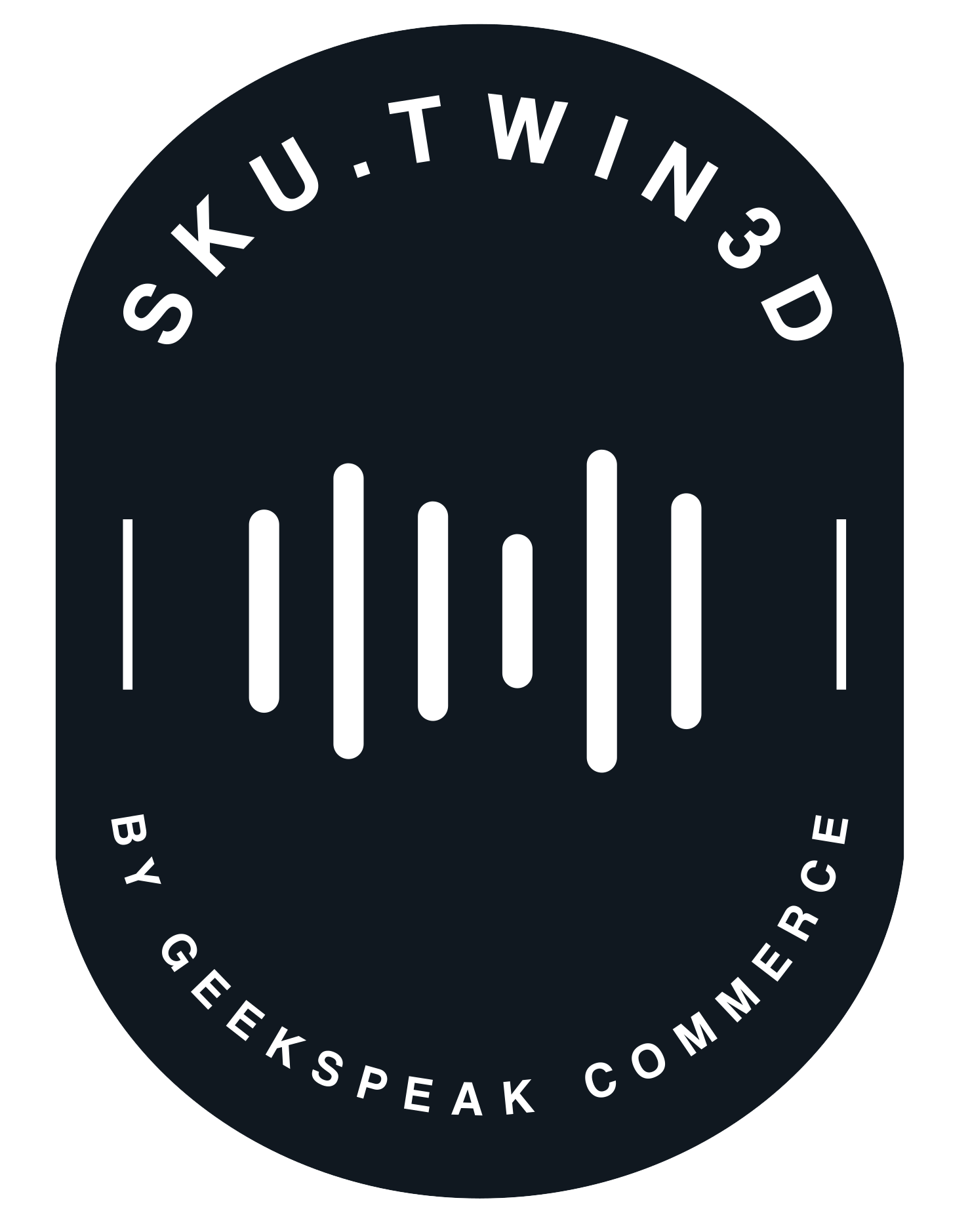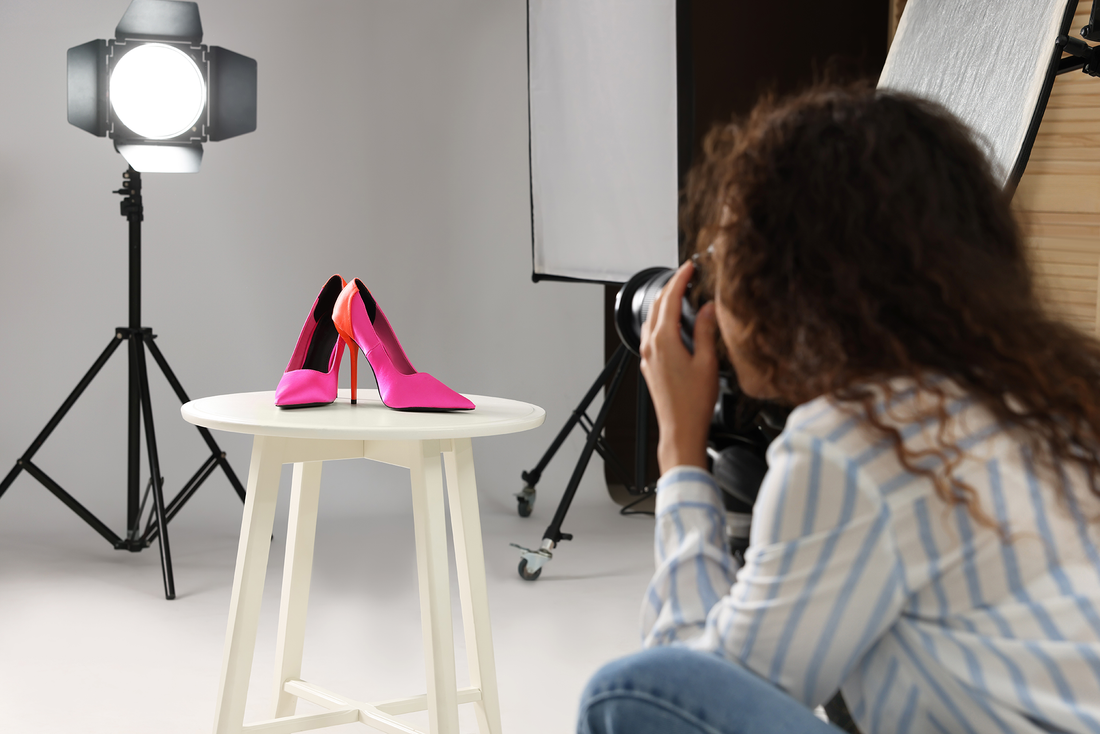In the ever-evolving landscape of e-commerce and digital advertising, the visual representation of products remains crucial. Two main methods dominate the scene: traditional product photography and 3D rendering. Each has its merits and drawbacks. Let's delve into a comparative analysis of these two visual techniques.
Traditional Product Photography
Pros:
-
Authenticity: Photographs offer a genuine representation of the product, which can enhance trust among consumers.
-
Texture & Material Representation: Some textures and materials, like fabrics or natural surfaces, can be more authentically captured through photography.
- Human Element: Using models or real-life settings can evoke emotions and relatability, influencing buying decisions.
Cons:
-
Cost and Time: Setting up photoshoots, especially with models or in different locations, can be expensive and time-consuming.
-
Inflexibility: Once shot, making changes to product photos, such as colors or design alterations, can be challenging without a reshoot.
- Space & Equipment: Requires a studio setup, professional lighting, and high-end cameras for quality results.
3D Rendering
Pros:
-
Flexibility: 3D models can be easily tweaked for color, design, or perspective changes without the need for a reshoot.
-
Cost-Efficient in the Long Run: Once a 3D model is created, it can be used multiple times across different backgrounds or settings, reducing the per-image cost over time.
-
Unlimited Creative Freedom: Create scenes or product views that might be challenging, costly, or impossible to capture with traditional photography.
- Consistency: Achieve uniform lighting, angles, and backgrounds, especially beneficial for product listings and catalogs.
Cons:
-
Initial Investment: High-quality 3D modeling software and skilled professionals are needed, which can be costly.
-
Potential for Unrealistic Representation: If not done correctly, 3D renderings can sometimes appear too 'perfect' or synthetic, which may not resonate with some audiences seeking authenticity.
- Learning Curve: Requires expertise to create lifelike and appealing product renderings.
Which Is Right For You?
The choice between traditional product photography and 3D rendering often boils down to:
- Budget: While 3D rendering might have higher upfront costs, it could prove more cost-effective in long-term projects or when frequent changes are anticipated.
- Purpose: For advertising campaigns evoking emotion or lifestyle aspirations, traditional photography with real models and settings might be more impactful. For product listings, catalogs, or architectural visualizations, 3D rendering offers unmatched consistency and flexibility.
- Product Type: High-tech products, architectural designs, or items that come in multiple variations might benefit more from 3D rendering, whereas artisanal products, fashion items, or gourmet food might be best captured authentically through photography.
Both traditional product photography and 3D rendering have their unique advantages and limitations. Understanding the specific needs and goals of a project can guide businesses in choosing the method that offers the best ROI and resonates most with their target audience. As technology advances, the gap between real and rendered might shrink further, but the essence of each method's strengths will continue to influence decisions in the visual marketing realm.
For professional 3D imaging and product photography services, consider Retail Taxonomy. We specialize in delivering high-quality visuals to enhance your product presentation. If you're interested in discussing how our services can benefit your business, get in touch.

